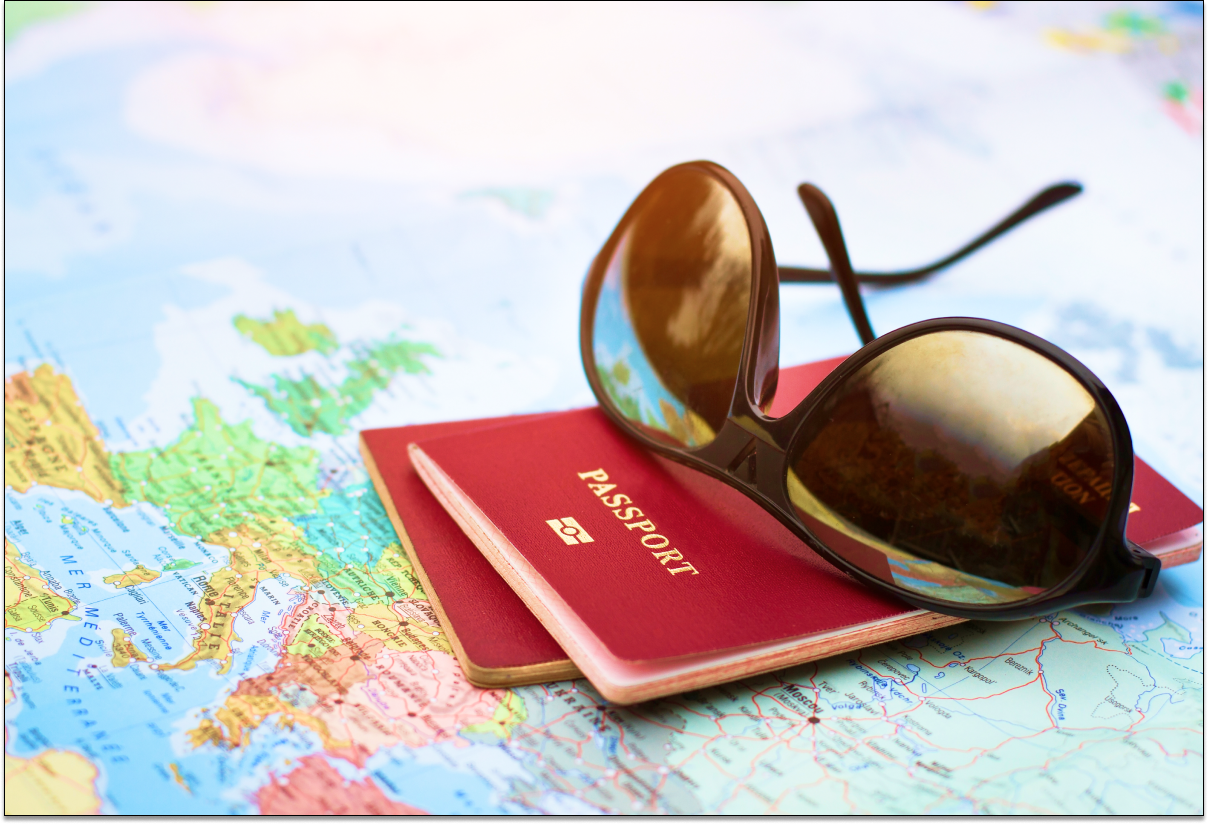
You’ve probably seen in the news or on social media that Brits are going to need a visitor visa for Europe from next summer. But, it’s not as bad as the headlines make it out! Here’s everything you need to know about the Schengen area visa.
What Is The Schengen Area?

The Schengen Area is an area comprising 26 European countries that have officially abolished all passport and all other types of border control at their mutual borders. The Schengen Area covers most of the European Union countries, except Ireland and although not members of the EU, countries like Norway, Iceland, Switzerland and Lichtenstein are also part of the Schengen zone.
The 26 Schengen countries, which won’t need the new European visa, are:
Do I Need A Visa To Travel To Europe?

Since the UK left the European Union, it is no longer part of the Schengen area and as of 2024, the Schengen area rules will be changed to remove the UK from its border control check exemption list. When the visa becomes enforced in 2024, any British Citizens holding a British passport will need to apply.
It is an easy process handled by the European Travel Information and Authorisation System (ETIAS), and will be similar to how Brits had to apply for a visa to visit Turkey before the rules were abolished.
How Much Will The Visa Cost?

Headlines have focussed on telling holiday-makers about an increase in their holiday cost, making it sound like the visa is going to be a small fortune. But don’t worry! The new visa is expected to cost €7 (approximately £6), and will apply to anyone aged 18-70.
How Do I Apply?

When the rule comes into force, Brits, and all non-EU citizens, will be required to fill in an online application form where the system will conduct checks against EU information systems for borders and security.
In the vast majority of cases, travellers will receive their ETIAS within minutes. However, those who are flagged as a potential risk could face a wait of up to 96 hours for their visitor visa for Europe. It will therefore be advised for people to apply in advance of their travel date to avoid getting caught out at the border.
Stress-Free Travel

The date is yet to be announced when the ETIAS visa will be enforced, but we’re always hot on the subject to ensure we give our customers the most up to date travel news to make their holiday seamless and stress free!
Follow us on Facebook and Instagram, and keep an eye on our blog, for all the latest travel news, as well as a good helping of travel inspo!
Find out more about ETIAS here.






